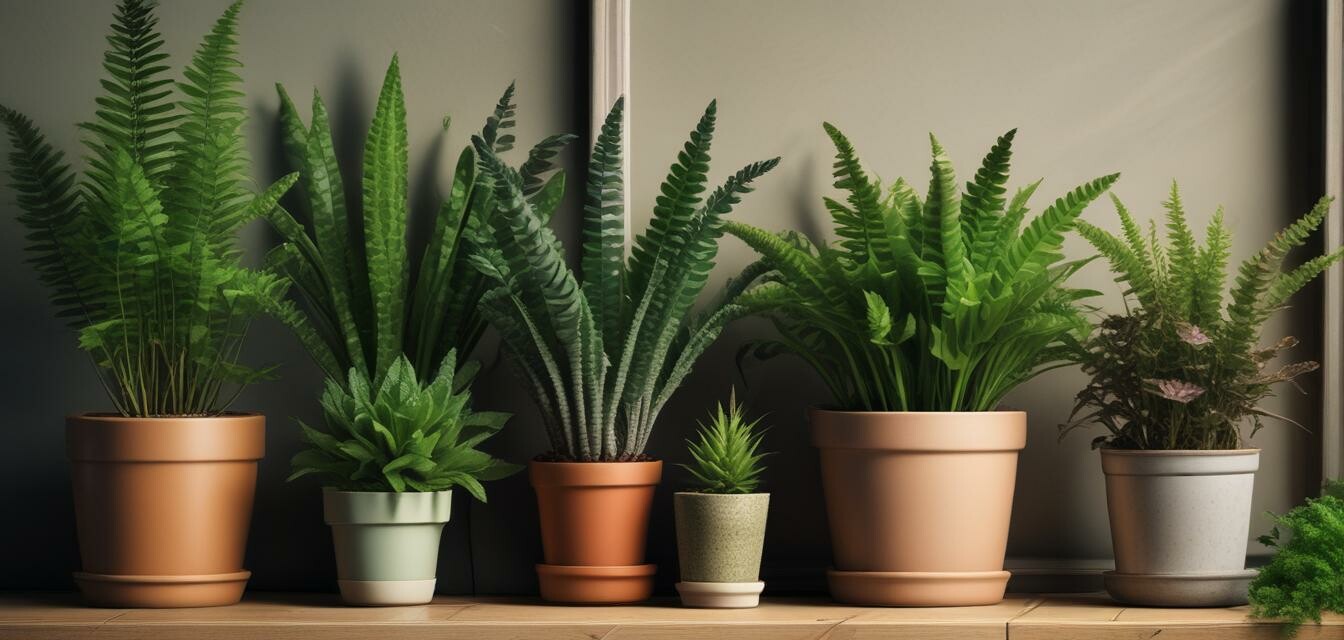
Best practices for watering different plant types
Key Takeaways
- Different plants have unique watering needs.
- Overwatering is a common mistake; always check soil moisture.
- Understanding your plant type is crucial for proper care.
- Consistency and awareness of environmental factors enhance plant health.
Watering is one of the most critical aspects of houseplant care. Each plant species has its unique watering requirements, and understanding these differences is vital to keeping your plants healthy and thriving. In this article, we'll explore best practices for watering various types of houseplants and how you can master the art of plant hydration.
Understanding the basics of watering
It’s essential to recognize that not all plants require the same amount of water. Factors such as the plant type, pot size, and environmental conditions should guide your watering routine. Here, we will categorize popular plants into different watering needs and provide insights for each category.
Watering requirements by plant type
| Plant Type | Watering Frequency | Soil Requirements | Tips |
|---|---|---|---|
| Succulents and Cacti | Every 2-3 weeks | Well-draining soil | Allow soil to dry out completely between waterings. |
| Ferns | 1-2 times a week | Moist, well-draining soil | Keep the soil damp, but not soggy. |
| Flowering indoor plants | Weekly | Well-draining potting mix | Check moisture; they enjoy consistent water but dislike standing water. |
| Tropical plants | Weekly | Moist, well-draining soil | Humidity is key; consider misting or using a humidity tray. |
| Low-maintenance plants | Every 2 weeks | Standard potting soil | Perfect for beginners; they thrive on neglect. |
Best watering practices
Implementing effective watering techniques is crucial for your houseplants' welfare. Here are some best practices:
- Check soil moisture: Always stick your finger into the soil about an inch deep. If it feels dry, it’s time to water.
- Use the right water: Room temperature water is best for houseplants, as it helps in better absorption.
- Water slowly: Pour water gradually until you see it draining from the bottom, ensuring thorough soil hydration.
- Observe your plant: Leaf drooping or yellowing can be signs of over or under-watering; adjust watering frequency accordingly.
- Time of day: Watering in the morning is ideal, allowing plants to absorb moisture throughout the day.
Environment factors impacting watering
Your plant’s environment plays a significant role in its watering needs. Consider the following:
- Season: Plants generally need more water during their growth phase (spring/summer) and less in dormancy (fall/winter).
- Temperature: Higher temperatures increase evaporation and water needs, while cooler climates decrease them.
- Humidity: A low-humidity environment may require more frequent watering, especially for tropical plants.
- Light: Plants in bright light usually require more frequent watering than those in low light.
Pest management related to watering
Overwatering can lead to root rot and attract unwanted pests. To manage pests linked to watering:
- Inspect regularly: Check for pests on the soil surface and plant leaves.
- Water less frequently: If you notice pests, reduce watering and improve airflow around the plant.
- Use insecticidal soap: If necessary, spray infected areas to treat infestations.
- Repot if needed: If root rot occurs, repotting in fresh soil may be beneficial.
Tips for beginners
Beginner's watering tips
- Start with low-maintenance houseplants for easier care.
- Keep a watering schedule but be flexible; pay attention to your plants' signals.
- Learn to recognize signs of over and under-watering to adjust your approach.
Conclusion
Successfully watering your houseplants requires understanding their unique needs and adapting your care routine accordingly. By employing the right techniques and being aware of environmental factors, you can ensure that your plants thrive. Remember, careful observation and responsiveness to your plants are the keys to success. For more tips on plant care, check out our Care Tips section to help your houseplants flourish!
Pros
- Helps plants thrive and grow stronger.
- Reduces the risk of diseases caused by improper watering.
- Enhances air quality by ensuring healthy plants.
Cons
- Requires attention to different plant needs.
- Overwatering can lead to root rot.
- May lead to pest issues if not monitored closely.

